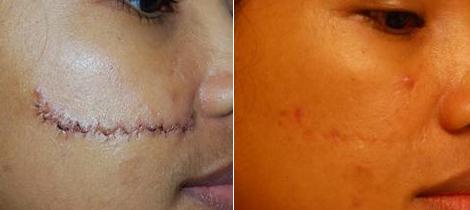Why Do We Have Scars?
“Human wound healing appears to have been optimized for quick healing in dirty conditions,” Mark W. J. Ferguson, Ph.D., University of Manchester.
Part II

Anthropologists and science have yet to explain why humans develop larger and thicker scars than other animals. Our response to scars reaches back through the eons of human evolution. A physically weaker structure than most mammals; humans live longer than any other mammal it perhaps is our species wound healing that allows us to thrive. When we’re injured; cut or burned, the immune system is immediately activated to close the wound and heal it.
Surgeon N. Scott Adzick, M.D., researches and studies scarring at the Center for Fetal Diagnosis and Treatment at the Children’s Institute for Surgical Science in Philadelphia, he notes:
“If you’re a caveman or cave-woman running around, and you get bitten by a saber-toothed tiger, it makes sense to patch that wound together as quickly as possible in order to survive, as opposed to devoting the body’s energy and resources to healing perfectly”
The result is that our bodies’ rapid immune response to inflammation leads to the larger and thicker scabbing and scarring. Some social anthropologists theorize that scars served as sexual attractors. Heavily scarred early men would be more attractive because it indicated there bravery and strength in survival.
No matter the theory or culture scars are part of human life; if you know someone who is experiencing anxiety from scars. Today’s cosmetic medicine may have the answers.
